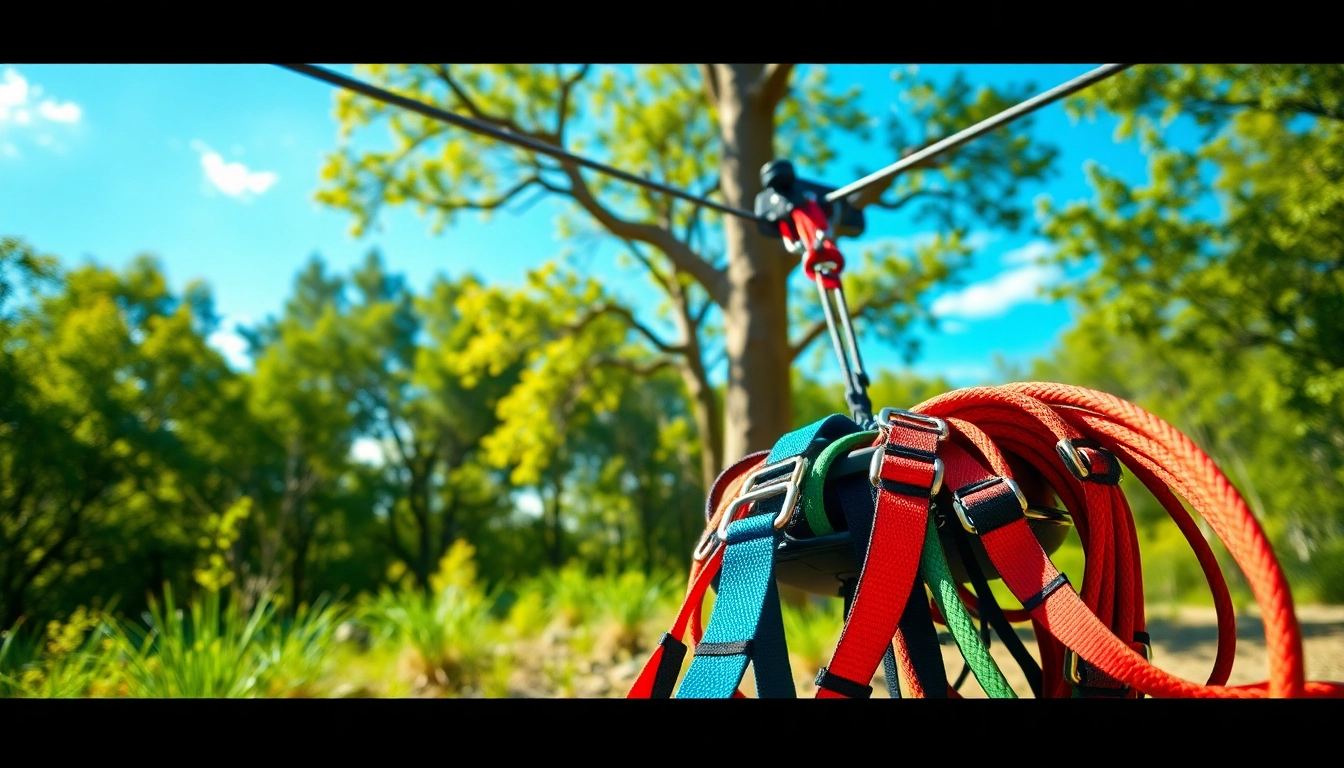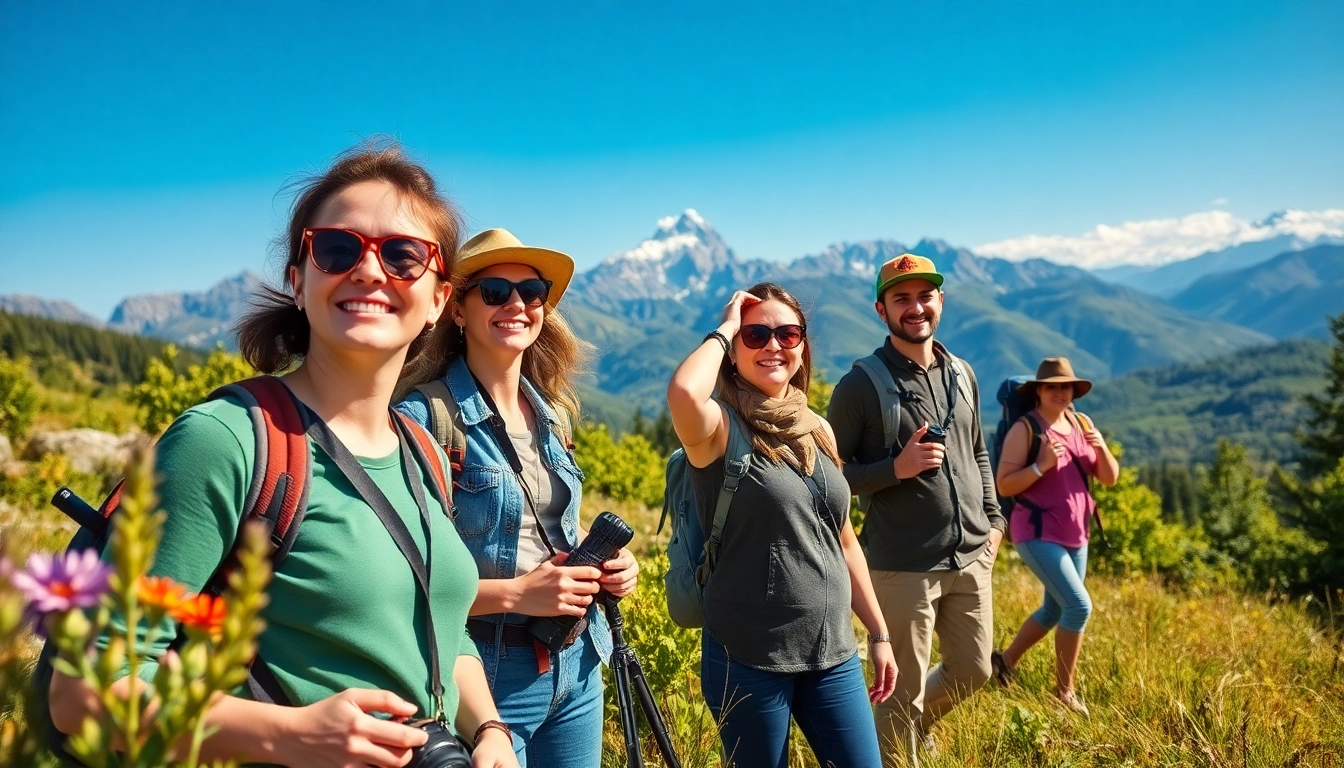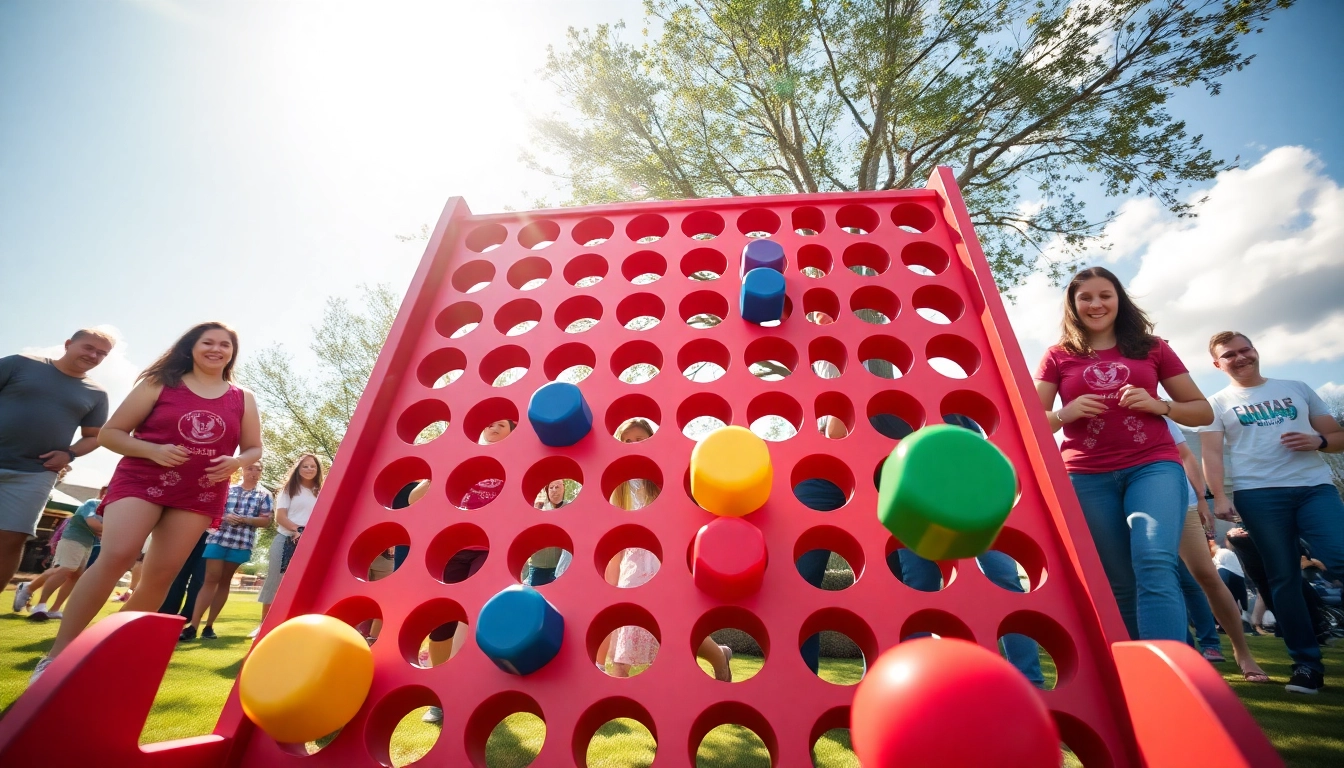Understanding ZIP WIRE KIT Essentials
When it comes to thrilling outdoor activities, zipping through the trees on a carefully constructed zip line offers an exhilarating experience that many adventure enthusiasts cherish. Whether you’re a beginner or a seasoned adventurer, investing in a quality ZIP WIRE KIT is an essential step towards ensuring both safety and enjoyment. In this comprehensive guide, we’ll explore the essentials of a ZIP WIRE KIT, helping you understand what to look for in components, safety features, and material quality that ensure durability.
Components of a ZIP WIRE KIT
A standard ZIP WIRE KIT typically comprises several key components that are crucial for functionality and safety. Let’s delve into each of these essential elements:
- Zip Line Cable: Made from high-strength materials, the cable forms the backbone of your zip line. It’s essential that the cable can withstand high tensile forces and environmental conditions.
- Zip Line Trolley: This component allows users to glide along the cable. The trolley should have ball bearings for smooth operation and should be compatible with the diameter of the cable.
- Harness: A comfortable and adjustable harness secures the user to the zip line. Safety is paramount, so it should meet industry standards.
- Karabiners: Strong and durable, these metal clips connect your harness to the trolley. Ensure they are of a locking design to prevent accidental disconnection.
- Safety Helmets: Essential for protecting your head during the descent, helmets should fit securely and comply with safety regulations.
- Guide Lines: Used for signaling or providing support during setup and use, guide lines add an additional layer of safety.
Safety Features to Consider
Safety should be the primary consideration when selecting a ZIP WIRE KIT. Key safety features include:
- Reliable Braking System: A smooth and effective braking mechanism is vital for controlling speed and ensuring a safe stop at the end of the line.
- Load Capacity: Always check the weight limit specified for each component of your kit to ensure it can safely support the intended users.
- Durable Materials: Components should be made from weather-resistant materials to withstand outdoor conditions and regular use.
- Clear Instructions: User manuals should provide comprehensive guidance on installation and safety precautions.
Material Quality and Durability
The longevity and reliability of a ZIP WIRE KIT largely depend on the quality of its materials. Here are key aspects to consider:
- Corrosion Resistance: Stainless steel components stand up to various weather conditions without deteriorating quickly.
- UV Resistance: Look for cables and harnesses that are UV resistant, particularly if your kit will be exposed to direct sunlight.
- Shock Absorption: Materials should have the ability to absorb shock and stress effectively during use, reducing the risk of equipment failure.
How to Select the Best ZIP WIRE KIT
Selecting the right ZIP WIRE KIT involves assessing several factors that align with your adventure needs. This section will guide you through the selection process.
Identifying Your Adventure Level
Your experience level plays a crucial role in determining the kind of ZIP WIRE KIT that best suits your needs. Beginners may prioritize ease of use and safety features, while experienced zip liners might seek advanced kits that offer higher speeds and more comprehensive equipment. Here’s how to match your kit with your adventure level:
- Beginner Level: Look for kits designed for family use that include sturdy harnesses and robust safety mechanisms.
- Intermediate Level: Consider zip lines that allow for a moderate learning curve with adjustable heights and speeds.
- Advanced Level: High-performance kits featuring multiple lines and enhanced braking systems make for thrilling experiences ideal for seasoned zip liners.
Evaluating User Reviews
User reviews can provide invaluable insights into the real-world performance of a ZIP WIRE KIT. Look for feedback on aspects such as:
- Ease of Setup: How straightforward was the installation process for other consumers?
- Performance: Did users find the kit to be reliable and fun? Were the components durable during multiple uses?
- Customer Support: Assess if any buyers had experiences with the manufacturer’s customer service when they needed assistance.
Comparing Price Points
Cost is an essential factor to consider. Here are key points for comparing prices:
- Budget Kits: These often come with the basic components but may lack advanced features or warranties.
- Mid-Range Kits: These usually offer a good balance of quality and price, often enhanced with better materials and safety features.
- Premium Kits: While these are more costly, they often include customizable options, professional-grade materials, and extended warranties.
Setting Up Your ZIP WIRE KIT Safely
Once you’ve selected your ZIP WIRE KIT, proper setup is crucial for safety and optimal performance. This section covers the key steps in setting it up securely.
Site Assessment and Preparation
Prior to installation, evaluating your site is essential. Consider the following:
- Topography: Ensure the area has a suitable slope; it’s important for gravity to assist in the ride. Identify trees or structures that can serve as anchor points.
- Obstacles: Check for potential hazards such as branches, rocks, or uneven ground that may pose dangers during use.
- Space Requirements: Make sure there is enough clearance both above and below the ride path for a safe installation.
Installation Guidelines
Follow these crucial installation guidelines to ensure your ZIP WIRE KIT is set up correctly:
- Securing Anchor Points: The cable must be securely fastened to strong, stable trees or posts. Utilize proper bolting equipment and techniques.
- Optimal Cable Height: Install the cable at an appropriate height to facilitate safe entry and exit points.
- Systematic Testing: After setup, perform careful checks on all connections and components to ensure they are secure and functional before the first use.
Testing and Maintenance Tips
Regular testing and maintenance are vital for the continued safe use of your ZIP WIRE KIT:
- Routine Inspections: Check all components for signs of wear and tear frequently.
- Cable Maintenance: Inspect the zip line cable for fraying or rust and replace as necessary to uphold safety standards.
- Hardware Check: Regularly inspect the integrity of connectors, trolleys, and harnesses to avoid any unexpected failures.
Engaging Activities with Your ZIP WIRE KIT
With your ZIP WIRE KIT set up, the fun begins! Here are some engaging activities to enjoy with your kit:
Fun Challenges to Try
Turn zip lining into a fun competition by organizing different challenges. Consider these:
- Speed Trials: Challenge friends to see who can complete the zip line the quickest.
- Precision Landing: Set targets on the ground for users to aim for when they finish the zip line.
- Themed Runs: Add an element of fun by creating characters or stories that enhance the adventure as users zip along.
Team-Building Exercises
Your ZIP WIRE KIT can be a fantastic tool for team-building activities. These exercises promote trust and communication:
- Group Challenges: Create missions where teams must work together to accomplish specific tasks on the zip line.
- Trust Falls: Utilize nearby trees to practice trust falls with harnesses ensuring safety while building confidence.
- Partner Zipping: Pair up participants to take turns on the zip line, encouraging cheering and support.
Adventure Ideas for Groups
Consider these group adventure ideas for an unforgettable experience:
- Weekend Retreats: Organize a retreat focused on outdoor adventures including zip lining, hiking, and camping.
- Educational Programs: Incorporate lessons on physics and engineering related to zip lines for school groups.
- Family Reunions: Plan a family day out that includes everyone from kids to grandparents for a diverse and fun zip lining experience.
Maximizing the Enjoyment of Your ZIP WIRE KIT
To truly relish each zip lining experience, consider tips for maximizing enjoyment and ensuring safety.
Capturing Your Adventures
Documenting your experiences can enhance enjoyment and create lasting memories. Here are some methods to consider:
- Action Cameras: Use GoPro or similar devices for a thrilling first-person view as you zip along.
- Photography Sessions: Bring along a photographer to capture key moments during the adventure, especially group activities.
- Social Media Sharing: Share your zip line experiences with friends and family to inspire more outdoor adventures.
Planning for Different Weather Conditions
Weather can affect the safety and enjoyment of your zip lining experience. Be prepared by:
- Checking Forecasts: Always review weather conditions before your adventure to ensure safety.
- Dress Appropriately: Wear suitable clothing that can withstand wind and cold, as well as sturdy footwear.
- Rescheduling if Necessary: Don’t hesitate to postpone your adventure if conditions aren’t safe. Safety should always come first.
Creating a Safety Plan
A comprehensive safety plan is essential for any zip line setup. Include these elements:
- Emergency Procedures: Outline what steps to follow in case of an accident or failure of the equipment.
- First Aid Kits: Always have a first aid kit readily available and ensure key participants know how to use it.
- Communication Systems: Use walkie-talkies or mobile phones to keep communication open among participants during group activities.



